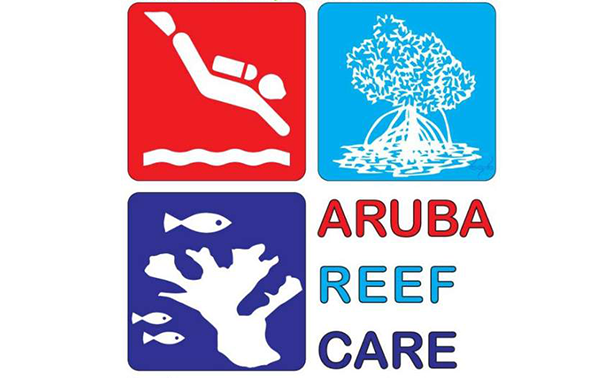
Support Aruba’s biggest environmental project
by Tim Willmott : Comments Off on Support Aruba’s biggest environmental project
As Britain’s summer threatens to come to a soggy end, beach lovers still seeking their sun-drenched break should head to Aruba in September – where they can also join the island’s biggest environmental project.
Celebrating its 21st anniversary this year, the annual Aruba Reef Care Project is a massive clean-up of the island’s beaches and dive and snorkel sites, which attracts both locals and tourists.
Running throughout the month, with a focus on a different area on certain dates, this is Aruba’s largest volunteer environmental initiative, with participants combing the beaches in a clean-up effort to preserve the island’s pristine waters and sugar-white sand. The project helps raise awareness about the importance of protecting the environment and focuses on the conservation of clean underwater sites.
Beaches are, of course, one of this Dutch Caribbean island’s greatest assets. Pristine white powder sand, idyllic turquoise seas and swaying palms are a major factor in attracting visitors from all over the world.
Most popular are Palm and Eagle Beach, which together form a seven-mile expanse of beach, with the nearby area home to most of Aruba’s high quality hotels. Eagle Beach is a frequent award-winner and calm waters make them popular with swimmers and snorkelers. A range of watersports is offered in the area, including kitesurfing, waterskiing, tubing, parasailing and banana-boating.
While most visitors will become familiar with Eagle and Palm Beaches, they should also find time to explore the wealth of other seaside spots that Aruba has to offer, offering scenic locations, sports or nature interest.
One of the best-known is Baby Beach. Close to Aruba’s second city of St Nicolas on the south-eastern tip, it borders a tranquil lagoon, making it ideal for families with small children – hence its name. Huts provide shade and there are picnic areas as well.
Alternatively, Mangel Halto, located in Pos Chiquito on the southeast coast, is a perfect snorkelling spot with calm, shallow waters rich in sea life, supported by an intriguing network of mangroves. A popular picnic area, it is a secluded spot with white powdery sands and huts for shade.
It’s an excellent shore diving site, too. Walk to the edge of the nearby reef to easily spot colourful parrotfish, yellowtail snapper, sergeant majors and blue tangs as well as deep water gorgonians, sponges and anemones.
Conversely, Andicuri Beach is a body-boarders delight and a perfect escape from the more popular beaches. Halfway along Aruba’s windward, north-eastern, coast, a sandy cove is flanked by dramatic bluffs. Take a few minutes to drive further down the track which leads to the beach to view Black Stone Beach (unsafe for swimming) and a fascinating triple-arch limestone natural bridge.
A little further along the eastern coastline is Boca Grandi, a beach which lures both local and international kitesurfers. Distinguished by rolling sand dunes netted in local sea grapes and dune grasses, the colourful kites of surfers dot the horizon above vivid turquoise seas. However, the waters can be rough and swimming is not recommended.
Aruba also boasts numerous reefs, many of them accessible from the beach, with only minimal snorkelling gear needed to view an array of coral and sea life.
For detailed information about the Aruba Reef Care Project, e-mail castroperez@gmail.com.
For more information about Aruba, go to www.aruba.com






Comments are closed